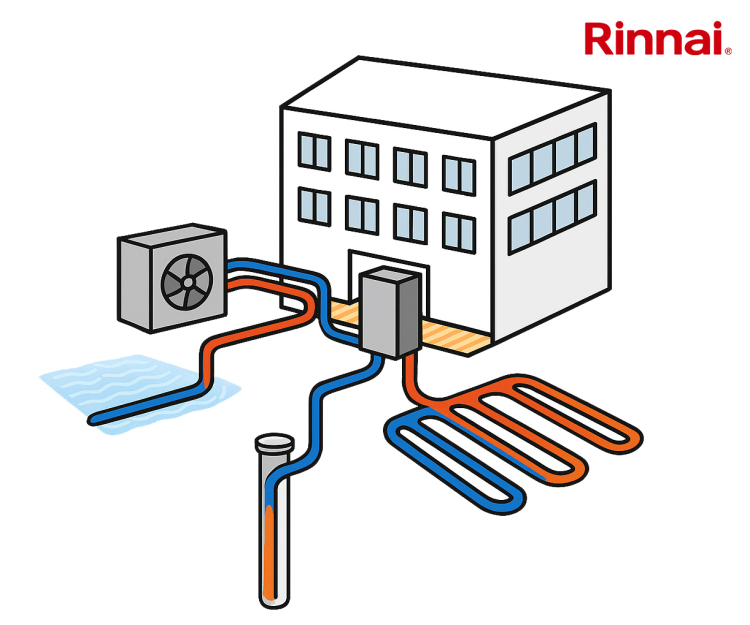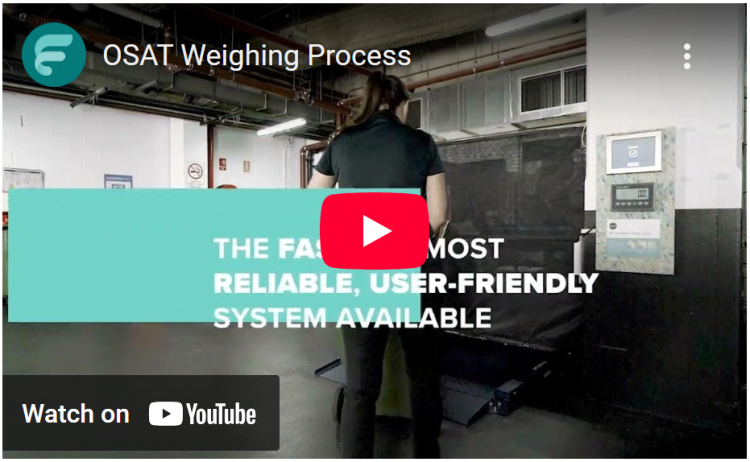29 November 2021
Screening and vetting is an essential part of the pre-employment process. Chloe Jehu from Expeditious Services explains how to conduct it correctly.
Chloe Jehu is People Services Coordinator at Expeditious Services. She started in 2020 to look after screening & vetting within the recruitment team, after spending 7 years in retail and retail store management working for large corporate businesses. Chloe now works in the People Services department assisting the People Services Manager with recruitment, in particular, TUPE transfers, screening & vetting, onboarding and selection, and assisting with the HR tasks throughout the full life cycle of employees. She is currently completing her CIPD Level 5 in HR Management.
.jpg)
Picture: a photograph of Chloe Jehu
What is Screening and Vetting?
Screening and vetting forms part of the pre-employment process, validating a candidate’s identity and background. The ‘screening and vetting’ process involves a series of checks to identify and verify a candidate a company is considering employing, first and foremost, is who they say they are. It ensures employees meet the necessary industry standards and protections needed for the role they are applying for.
The checks we perform at Expeditious Services during our advanced screening and vetting process to BS7858, include:
- DBS, CTC & SC checks , including criminal background check for offences, convictions, or cautions.
- Media checks on social media and search engines as part of CTC checks
- UK & EU national identity check
- Proof of address
- 5-year employment verification
- Bankruptcy and County Court Judgements (CCJs)
- 2-character references
- Photographic ID check / Proof of identity for right to work check
- UK Border Agency check
- CT sanctions check looking for financial asset freezes indicating terrorist activity
- Education history
- SIA and other job-related license checks. All are verified under a revoked license procedure. If flagged, a candidate’s employment eligibility is immediately voided and reported to the SIA.
- Headshot and full-length photos used between departments to ensure consistency in the officer being dealt with to avoid risks of modern slavery
Why is Screening and Vetting Important to Businesses?
The process of ‘screening and vetting’ employees gives businesses an extra level of protection and confidence in who they are hiring. It provides them with the full information they need to make a decision about a candidate.
Using a thorough ‘screening and vetting’ process, a business can safeguard their reputation and
What are the Dangers of Bad Screening and Vetting?
- Identity fraud could occur through counterfeit documents or pretending to be someone else who may look similar. This can lead to several significant problems for both the employer and the client, all listed below. It’s extremely serious to not be aware of who is working within your company.
- Faked employment history/documents and not completing 5-year work history could lead to inappropriately trained officers in positions they are not qualified for. This could risk threat, injury or more serious incidents occurring whilst on shift, leaving a client vulnerable.
- Criminal activity could be a risk if hiring someone with criminal background which hasn’t been spotted in the onboarding process
- Terrorist activity is a more serious risk if unauthorised people are employed, or if documents haven’t been thoroughly checked.
- Modern slavery is a very real and serious problem, especially within the security industry. Poor or non-existent safeguarding procedures can leave an open door to this risk.
- Bribery & corruption depending on the background of a potential candidate, they may have signs of being more at risk of corruption by undesirable people to commit offences whilst on-site. Poor screening and vetting will not warn of these risks.
- Malpractice is a huge risk to any business and can lead to very serious implications such as incidents, injuries, fines, or closure. Verifying the identity and background of a new employee gives more certainty about their skillset and trustworthiness.
- Damage to company reputation could occur if poor or non-existent screening and vetting leads to a significant incident which clients, stakeholders or broader community discover.
- Financial loss is the ultimate danger and outcome due to bad screening and vetting procedures taking place during the onboarding stage of recruitment.
Screening and vetting is an extremely important process for any business to conduct, in accordance to their relevant industry standards. It not only protects clients and other employees but safeguards the future of your business not being put into the wrong hands.
Picture: a photograph of a person facing a computer screen. You can see the back of the person's head, and the screen shows a green and black interface
Article written by Chloe Jehu | Published 29 November 2021
Share
Related Articles
British Security Industry Association Data Shows Increased Demand for Security Officers
Figures from The British Security Industry Association show that businesses have recruited an estimated 65,000 new security specialists over the last six months.
A...
Read Full Article
Security Firms Must Recruit 62,000 New Officers to Meet Demand
The UK’s private security industry must recruit, train and license more than 62,000 new security officers over the next 12 months to keep up with the growing demand...
Read Full Article
Hiring in FM – Looking Beyond University Degrees
Employers that use degrees to screen candidates could be missing out on key talent and exacerbating the skills gap.
The CIPD asked over 2,000 senior decision-makers...
Read Full Article
What Impact Will Climate Change Have on the Security Industry? – Part One
Despite the security sector not being a key industry contributing to carbon emissions, it is expected to face significant impacts due to climate change affecting the...
Read Full Article
Changing Trends in Security Recruitment
A decline in zero-hours employee contracts in the security sector could indicate a wider changing trend in recruitment as a whole, says Chloe Jehu, People Services...
Read Full Article
The Problems With Recruitment in the Security Industry
Like many industries, security is currently facing a recruitment crisis. But why is it happening and what can be done about it?
Elizabeth Smith, Head of People &...
Read Full Article
Post-Furlough Anxiety – Reassuring FMs Returning to Work
Almost half (44 per cent) of furloughed FM professionals are anxious about their return to work, according to recruiter Randstad.
A poll of almost 8,000 workers from...
Read Full Article
Culture Beats Dysfunction – Recruitment in FM
FM recruitment continues to evolve amidst labour shortages, digital transformation and the industry skills gap. Lynsey Storm from Platinum Facilities shares how...
Read Full Article
British Antarctic Survey Seeks Maintenance Staff for Unique Job Postings
Building and maintenance professionals such as carpenters, electricians, vehicle mechanics, plumbers and plant operators are being recruited for unique job roles at...
Read Full Article
Novus Announces New Job Role Opportunities in North West
Novus Property Solutions is recruiting for up to 30 roles across the North West of England including quantity surveyors, helpdesk planners and multi-trade roles.
The...
Read Full Article
.gif)

.gif)
.gif)
.gif)


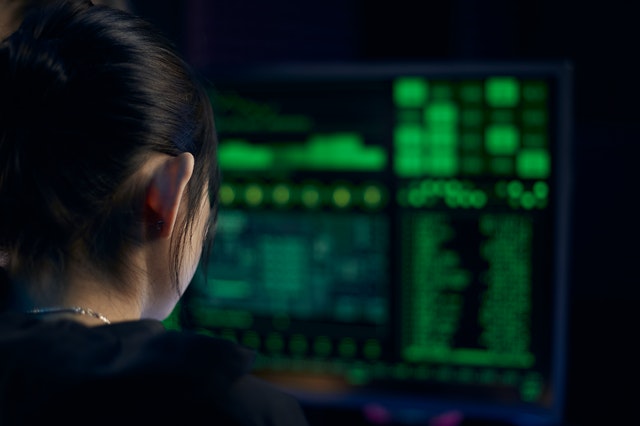
.jpg)

.png)

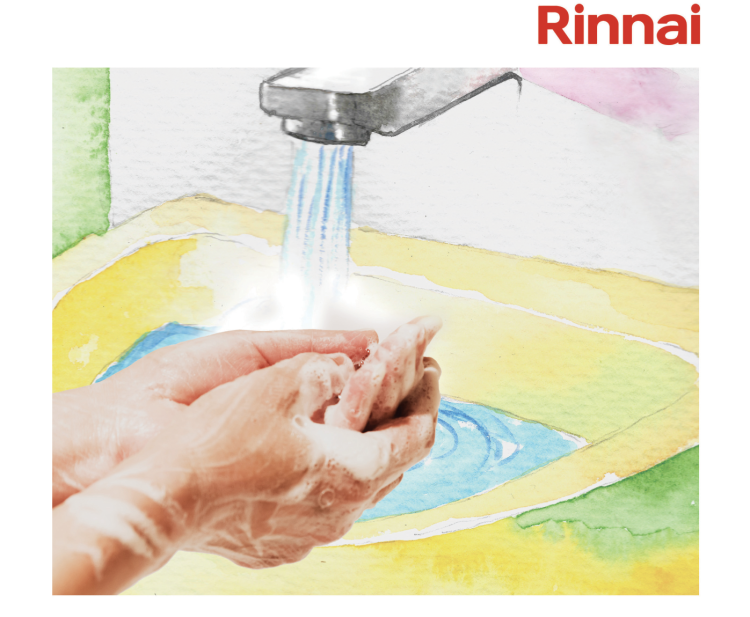
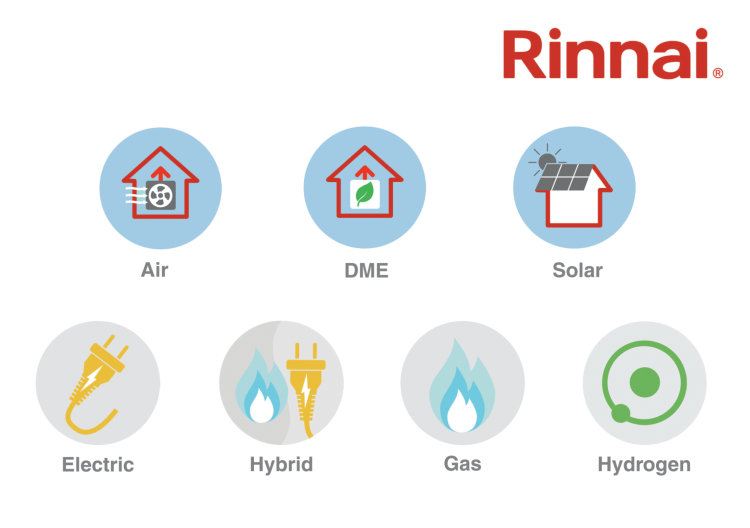
.png)
